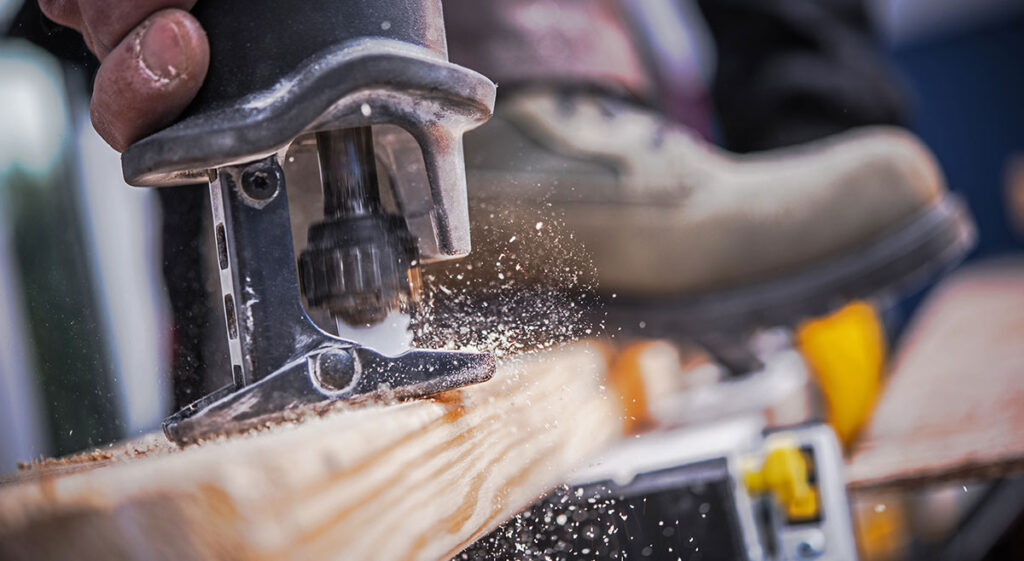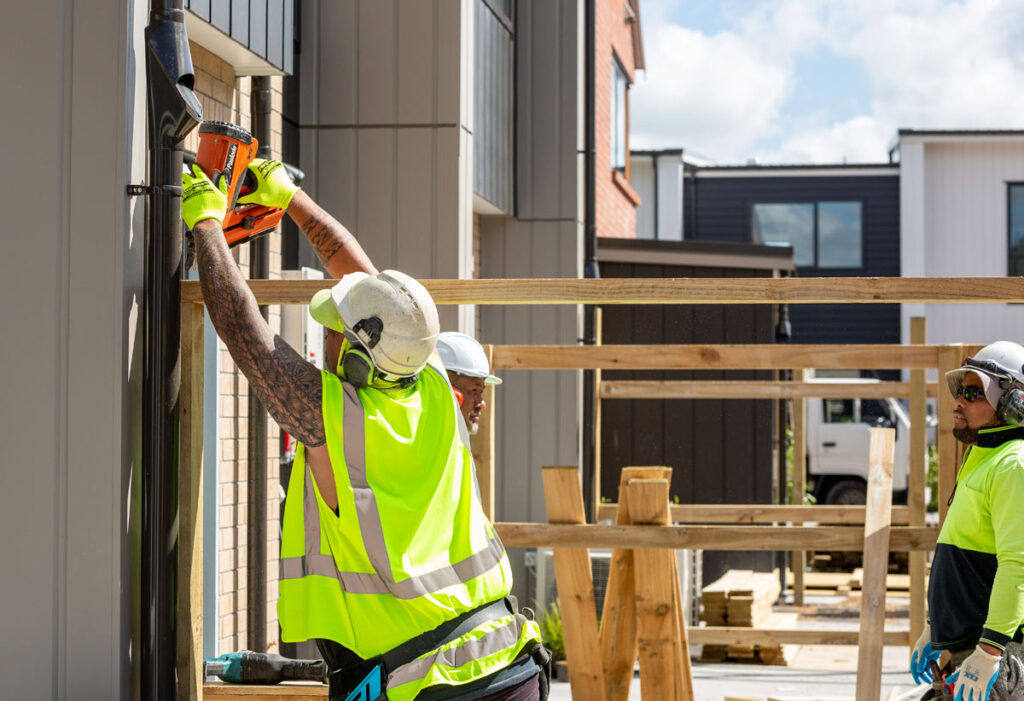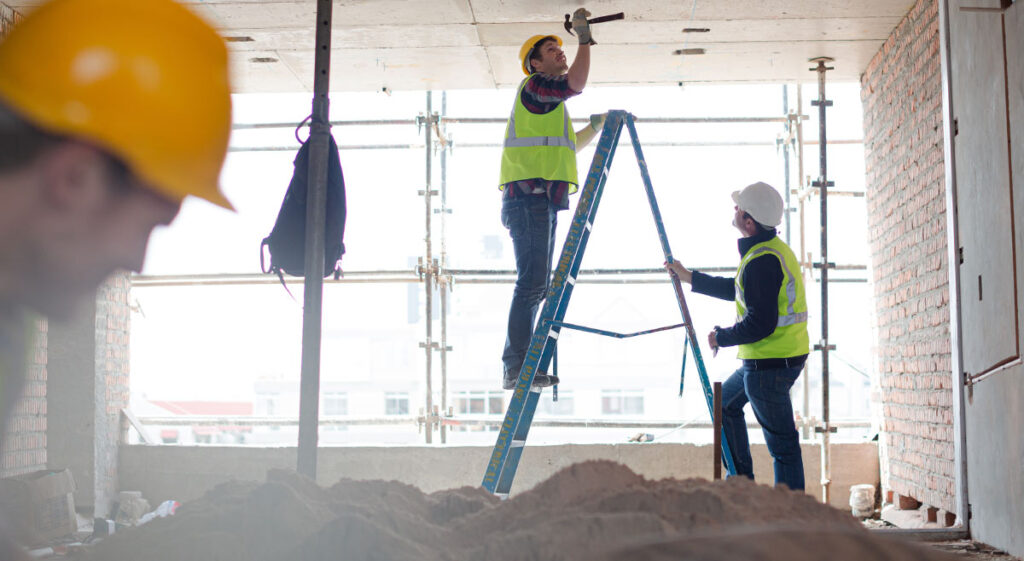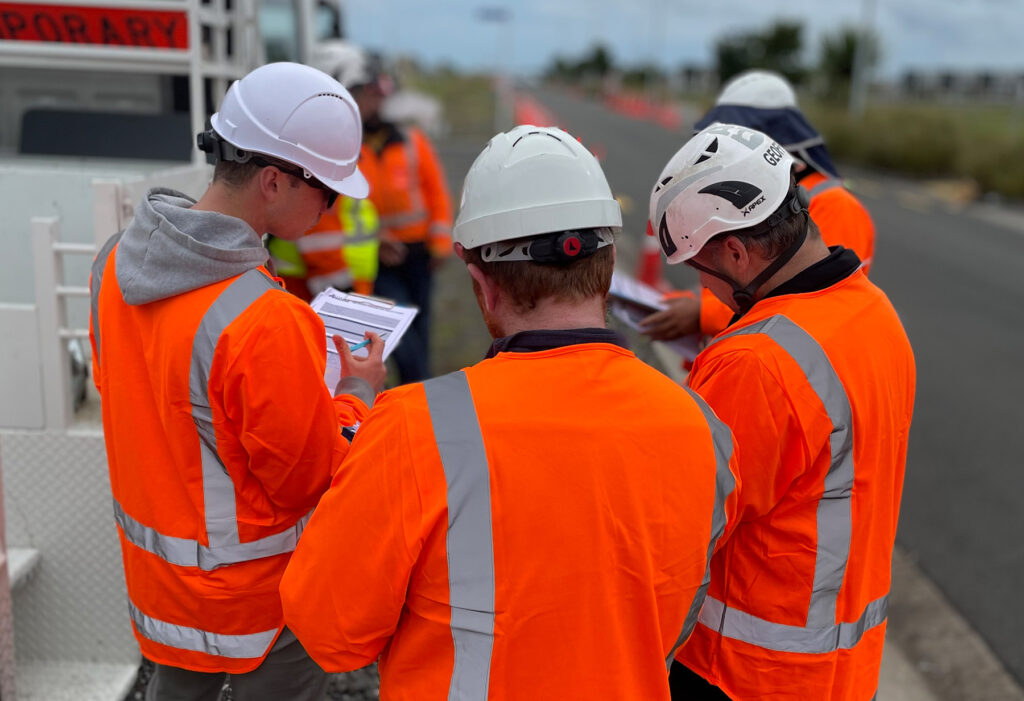Our Health and Safety Advisor Tony Putter analyses equipment ratings, and explains why it’s so important to use the appropriate gear on the job.
“In the dynamic world of construction, it can be easy to overlook a critical aspect: the tools we use every day,” says Health and Safety Advisor, Tony Putter. Whether it’s power tools, ladders, or safety gear, the rating of this equipment is crucial for keeping workers healthy and safe on site.
During regular inspections of residential building sites, it can be all-too-common to see contractors using equipment meant for household use only. This includes things like power tools, ladders, and protective gear. But here’s the catch: these tools are designed for light, home-use tasks, not the demanding environment of a construction site. Using domestically rated tools on site can lead to equipment failures and, worse, injuries.

Domestic versus commercial
What’s the big difference between domestically and commercially-rated gear? It all comes down to safety standards, which are the product of thorough testing. While a bicycle helmet may be safety-approved for cycling around the neighbourhood, it might not hold up under the tough conditions of a construction site. A domestic-use ladder might only support up to 100kg, while a commercial-grade ladder can handle up to 180kg. That’s a big difference when you’re relying on it to keep you safe while working at heights and the ladder is also loaded with additional heavy work tools.
“I’ve seen power boards used on construction sites that clearly state on the manufacturing information label ‘for residential use only’”, says Tony. On construction sites, any electrical power boards must be rated and clearly marked as compliant with safety standard AS/NZS 3012 when you buy the product. Tony adds, “When I questioned a worker about this on one site, they proudly stated the device had a surge protector which kicks into effect when the power board is overloaded with extra voltage. The issue with domestic power boards is the Metal Oxide Varistor (MOV) inside the power board is a ‘sacrificial device’ and is designed to continue working even if the surge protector becomes overstressed from too many surges, which does not guarantee absolute safety. Even the fine print of the manufacturer’s manual for the domestic power board outlined, ‘The warranty does not cover the surge protection element (MOV).’”

Health and safety at work
Looking at the legal side of things, in New Zealand the Health and Safety at Work Act 2015 makes it clear: employers must provide a safe workplace. That includes giving workers the right equipment for the job. Ignoring these rules can lead to fines, penalties, or even lawsuits if someone gets hurt.
“At Universal Homes, we’re all about improving the way we work in the residential construction industry,” says Tony. “We don’t mess around with domestic-rated gear on our construction sites. Instead, we make sure everyone’s using commercial-grade equipment that meets all the relevant safety standards and regulations.”
Step up to safety
Every employer needs to step up and take responsibility for keeping their workers safe. “It’s not just about following the rules; it’s about showing you care and ensuring everyone in the team gets home in one piece,” explains Tony. That’s what it means to truly prioritise safety and compliance in the construction industry.



